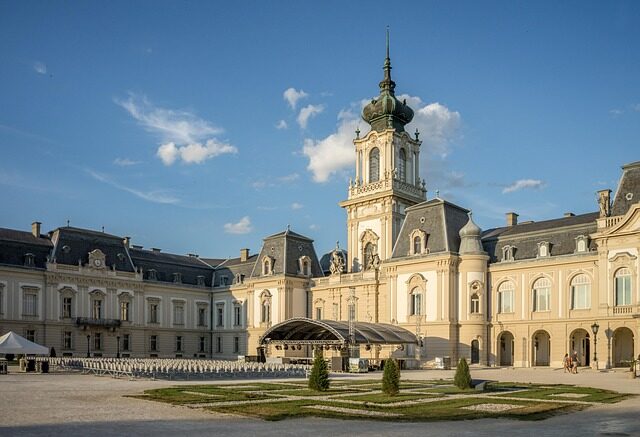The Danish monarchy, with a history that stretches back over a millennium, is one of the oldest continuous monarchies in the world. From its reputed origins in the Viking Age to the modern constitutional era, the lineage of Denmark’s royalty tells a fascinating tale of power, tradition, and cultural evolution.
- The history of the Danish monarchy
- What is the role of the Danish monarchy today?
- Who is the current King of Denmark?
- What are the major events in the history of the Danish monarchy?
- Who were the most famous Danish monarchs?
- How has the Danish monarchy evolved over time?
- What is the significance of the Danish royal family?
- The history of the Danish monarchy
- What is the role of the Danish monarchy today?
- Who is the current King of Denmark?
- What are the major events in the history of the Danish monarchy?
- Who were the most famous Danish monarchs?
- How has the Danish monarchy evolved over time?
- What is the significance of the Danish royal family?
The history of the Danish monarchy
The monarchical lineage of Denmark begins with legendary figures such as Gorm the Old, whose reign started in the late 9th century. The pivotal moment in Danish history was the transition from an elective monarchy to a hereditary one, which occurred during the reign of Frederick III in the 17th century. This marked a significant shift in how the Danish monarchy would operate for centuries to come.
The Lex Regia of 1665 was a milestone that established male primogeniture, ensuring a direct line of succession. In 1849, Denmark’s first democratic constitution was instituted, redefining the monarchy as a constitutional entity. This evolution continued into the 20th century when changes to succession laws allowed women to ascend to the throne, with Queen Margrethe II becoming a prominent example.
The House of Glücksburg, to which the current royal family belongs, has been a central part of European aristocracy, connecting Denmark to other monarchies across the continent. The Danish monarchy’s rich history is marked by its survival and transformation through times of peace and turmoil.
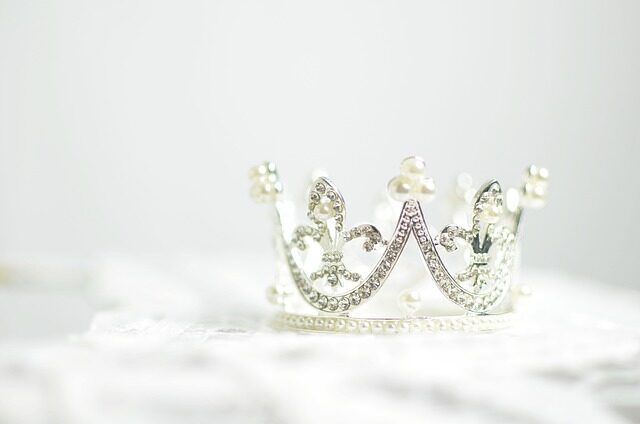
What is the role of the Danish monarchy today?
The Danish monarchy’s role in the present day is largely ceremonial, with the monarch acting as the state’s figurehead. The King’s duties include formal governmental appointments, presiding over the opening of Parliament, and representing Denmark on the international stage. Despite limited political power, the monarchy remains a cultural impact of the Danish monarchy, encapsulating Denmark’s heritage and national identity.
One cannot ignore the personal popularity of the current members of the Danish royal family, who engage in charitable work and promote Danish culture and interests globally. Their participation in events and the attention they receive help to maintain the monarchy’s relevance in Danish society.
Who is the current King of Denmark?
As of January 2024, King Frederik X is the reigning monarch of Denmark, following the abdication of his mother, Queen Margrethe II. King Frederik X and his consort, Queen Mary, have been praised for their commitment to public service and their active involvement in promoting health, sports, and education.
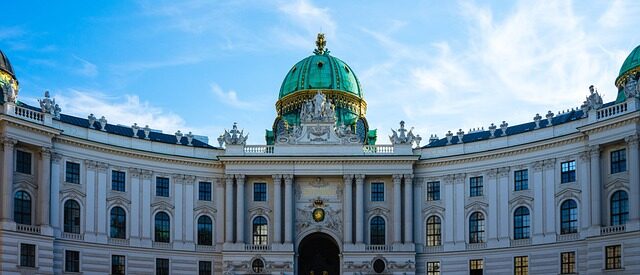
Their son, Crown Prince Christian, represents the future of the Danish monarchy, being next in the line of succession. The royal family’s popularity plays a key role in the monarchy’s enduring presence in Danish life.
What are the major events in the history of the Danish monarchy?
The significant events in Danish monarchy are numerous and have profoundly shaped the nation:
- The establishment of the hereditary monarchy in 1660 and the adoption of the Lex Regia in 1665.
- The transition to constitutional monarchy with the 1849 constitution.
- The implementation of female succession in 1953, leading to Queen Margrethe II’s eventual ascension.
- The peaceful transfer of power to King Frederik X, evidencing the stability and adaptability of the Danish monarchy.
Who were the most famous Danish monarchs?
Among the many rulers, a few have left indelible marks in the annals of history:
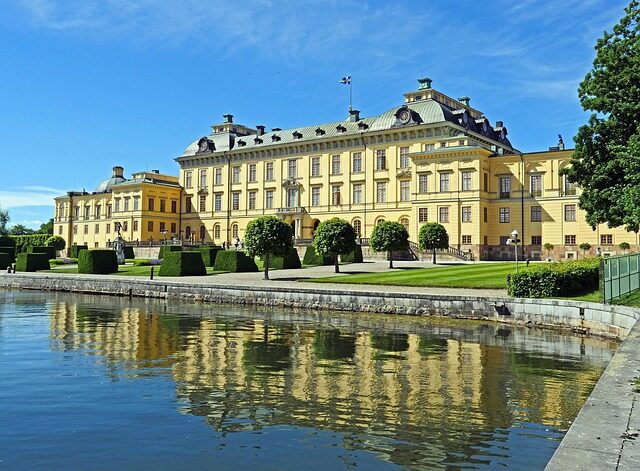
- Gorm the Old, the first recognized king.
- Christian IV, known for his architectural legacy.
- Frederik IX of Denmark, the father of Queen Margrethe II, who oversaw the modernization of the monarchy.
- Queen Margrethe II, who became a symbol of continuity and cultural identity.
How has the Danish monarchy evolved over time?
Over the centuries, the Danish monarchy has transformed from an absolute to a constitutional monarchy. The lineage has seen the Houses of Oldenburg and Glücksburg shape its course, reflecting the changing political landscapes of Europe. Modern Danish society still respects the royal family’s historical significance while embracing the ceremonial role it plays today.
What is the significance of the Danish royal family?
The Danish royal family’s significance extends beyond ceremonial duties, embodying the nation’s history and providing a sense of continuity. Their presence serves as a living link to Denmark’s past, engaging in cultural traditions of the Danish monarchy that have been passed down through generations.
To understand more about the Danish monarchy’s traditions and cultural significance, please enjoy the following video, which provides further insights into the royal family’s role in Denmark:
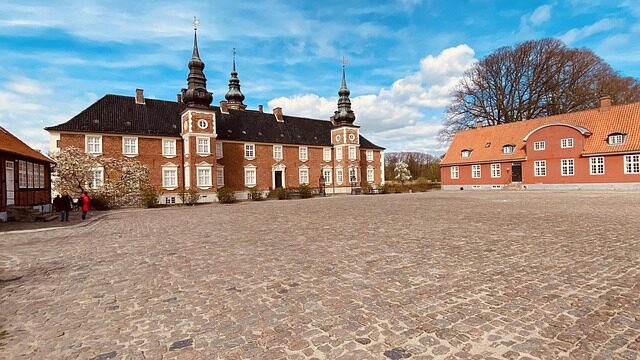
In conclusion, the history of the Danish monarchy is a testament to the resilience and adaptability of this ancient institution. From Gorm the Old to King Frederik X, the royal lineage continues to shape Denmark’s identity and cultural heritage, while the monarchy itself evolves in step with the times.
